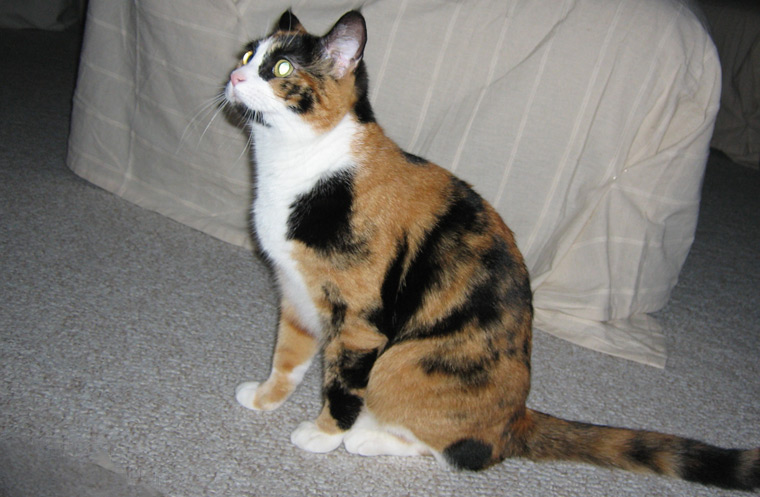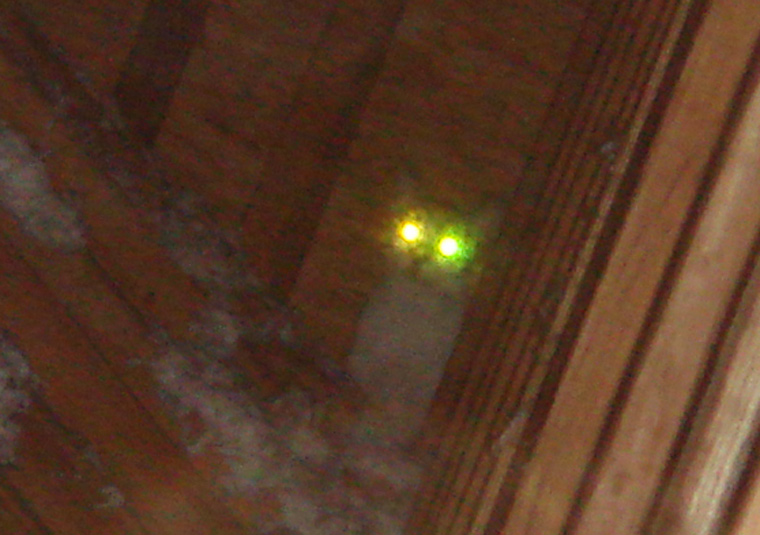-
info@aaanimalcontrol.com
Call us for help in your town
Humane Wildlife Education
What does stray cat feces look like and where can I find it usually?
Need wildlife removal in your hometown? We service over 500 USA locations! Click here to hire us in your town and check prices - updated for year 2020.
You may already have a good idea of what stray cat feces looks like, or just cat feces in general. If you have a garden, a cat has probably done its business in there at least once, much to your annoyance.

Stray cat faces can be a couple of inches in length, and look very much like dog poop, but on a smaller scale. It is important that you remove it as soon as you see it, not only to eradicate any disease threats, and also because it looks unsightly, but because cats are more likely to return and do their business in the same place. If they can already sense or see their own poop there, that’s where they will want to return. They’re fickle creatures like that. That’s why they’re so good at training to use the litter tray in your home.
If you have spotted cat poop in your garden, which you might not as these creatures are known to dig and over their poop to get rid of the smell, you will want to grab some thick gloves, some garbage bags, and some disinfectant too. Cats pee smells really bad, particularly when it gets warm, and it also acts as a communication device. Pheromones are present in the urine which help the cat to communicate with other cats.
If you manage to actually spot the stray cat doing its business in your garden, head out there immediately and shoo it away. If you manage to do this enough times, the cat will eventually stop coming back and find somewhere else, somewhere where they CAN do their business in private. Cats are quite odd creatures, and they hate to be watched going to the bathroom. If you’ve ever accidentally found yourself watching a cat using the litter tray, you’ll understand what we mean when we say that.
Although seemingly insignificant, other than being quite messy, cat waste is actually very dangerous, particularly to pregnant or breastfeeding women. That's why it is not encouraged for pregnant women to change litter trays themselves, instead delegating the task out to someone else who could handle it safely. A parasite called Toxoplasma Gondii is present in the droppings of cats, and it is a disease that closely mimics the common cold or flu, making it very dangerous. When a doctor thinks you just have the common cold or flu, they won't treat you, or even test you, for something other than that, until much later when the symptoms have gotten worse, or haven't gone away at all.
Toxoplasma Gondii causes toxoplasmosis, and it is believed that over sixty million people in the USA alone could already be infected with the parasite without even realizing. For the most part, adult humans have a strong immune system and this will be able to suppress the parasite, stopping it from causing problems. In other cases, however, such as when the victim is already sick or suffering with a weakened immune system, or when they are pregnant / very old / very young, it can be a nasty and dangerous disease.
What To Do If You Have Stray Cats Living In An Attic
Need wildlife removal in your hometown? We service over 500 USA locations! Click here to hire us in your town and check prices - updated for year 2020.Stray cats living in the attic is never a good thing, not only for the pooping and peeing they'll be doing up there, and also around your land and garden, but also for the disease threats that these things will pose. Stray cats are likely not vaccinated against diseases such as rabies, and if they are carrying the disease, they can easily pass it on to other animals, as well as on to humans and your household pets, should you have any.

Traps will help you deal with these attic-swelling felines, but you will need to make sure you've got traps that are large enough to contain the creatures, especially if there are more than one. These stray and feral cats will often be much smarter than we think they are, avoiding traps because they've seen other fellow strays getting caught up in them, or maybe because they've survive a trap-tale themselves. If a stray cat has already been captured in a trap, there's a good chance they won't go near another one again. You'll need to perfect the art of the faux-trap for a while before you attempt any real trapping.
To faux-trap, you just need to put the traps down so that they aren't set and ready to go off, but still contain food. The aim of the game is to get the cat to become comfortable enough around the trap when it doesn't go off, that it will walk in and out freely and eventually give you the chance to set it and trap it. If you have multiple cats, you may find that this poses a problem. Catching one of them is more than likely going to alert the others as to the trap's real intentions. If you think you have multiple cats living in your attic, we would definitely recommend calling in licensed and insured wildlife removal experts, or giving the city or county animal services a call.
Trapping, neutering, and then rehoming stray cats is the only real way to deal with a problem that is growing fast. Sadly, trapping the felines is much harder than you'd think, and many of them already know the drill as far as being caught up in traps are concerned.
For more information, you may want to click on one of these guides that I wrote:
How To Guide: Who should I hire? - What questions to ask, to look for, who NOT to hire.
How To Guide: do it yourself! - Advice on saving money by doing wildlife removal yourself.
Guide: How much does wildlife removal cost? - Analysis of wildlife control prices.
animals in the attic
noises in the attic
For more information, you may want to click on one of these guides that I wrote:
How To Guide: Who should I hire? - What questions to ask, to look for, who NOT to hire.
How To Guide: do it yourself! - Advice on saving money by doing wildlife removal yourself.
Guide: How much does wildlife removal cost? - Analysis of wildlife control prices.
animals in the attic
noises in the attic


















